

|
|
|


|
Tamiya Solar Eagle SRC-6000 - 56101 (Radio Controlled Model Review)1/10 Scale Solar Powered Car -
Released by Tamiya on September 29, 1992, the Solar Eagle SRC-6000 (#56101) was based on the full sized solar cars that were being developed to race 2000 miles across Australia in that time, using the sun as the only power source.
▼ Scroll Down for More Images ▼
Rating: 4
|








|
|
|

|
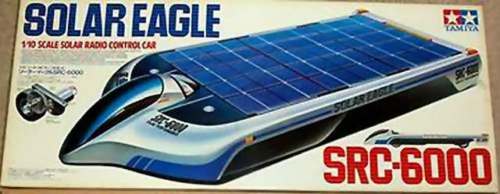
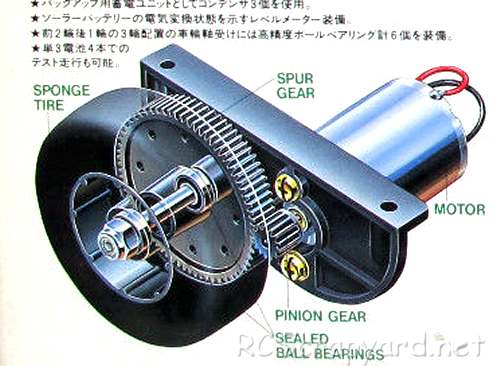
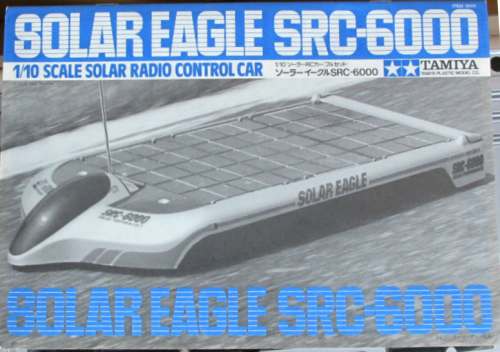
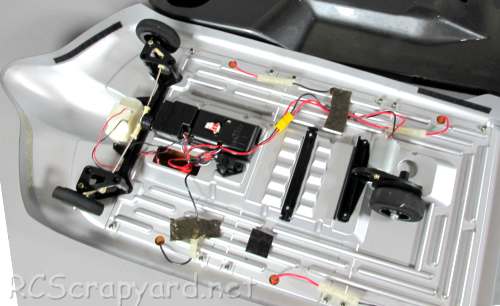
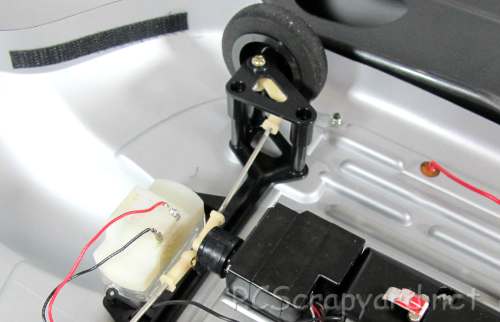
|
Hints, Tips and Information
How to avoid Radio Interference
1/ The first consideration when installing your Receiver into your Electrically Powered Model is to make sure it is well away from the Negative Battery terminal, and the Motor. The Magnetic field can cause stuttering type interference at times of high current draw (i.e., Fast Acceleration) |









|






|
|
|
|
Hints, Tips and Information
My First National
When I first started in RC, way back in the late 1980s, I would turn up to the weekly club meeting, with my Tamiya Boomerang, Acoms transmitter, two sets of crystals, a couple of 7.2v batteries, a charger and a tool box with a wheel spanner and a few spares. |
|
Hints, Tips and Information
Bearing Seals
If you were to ask anyone with a modicum of experience in RC, they will tell you that the best modification you can make to a basic RC model, is to add a set of ball bearings. |
|
RC Models:
|
Radio & Motors: |
Other
Accessories: |